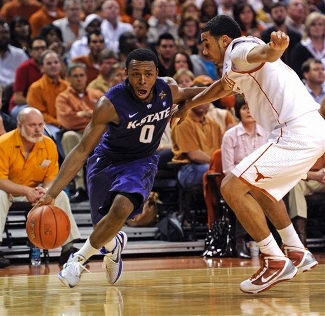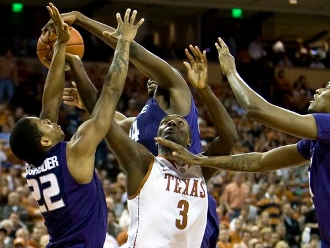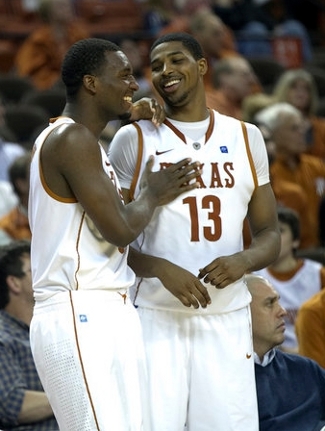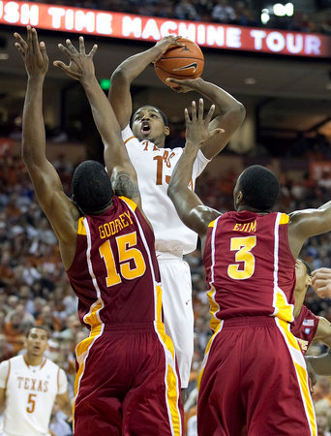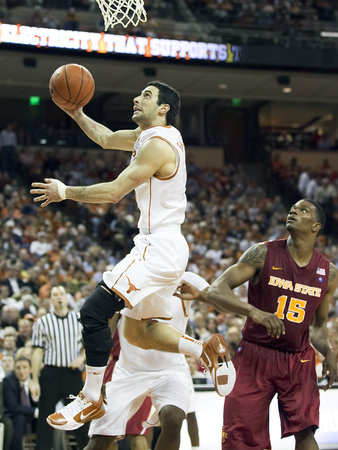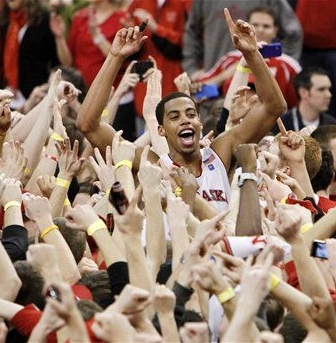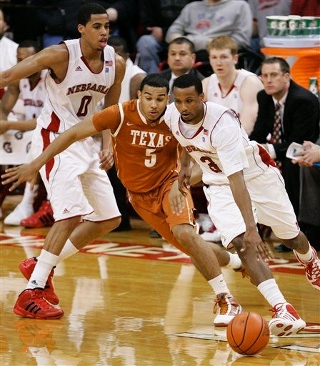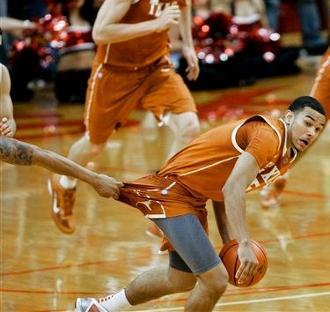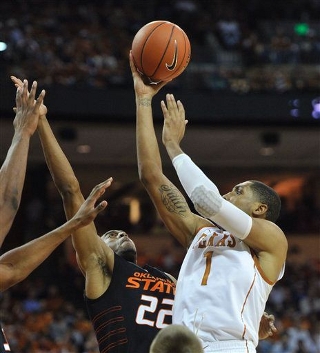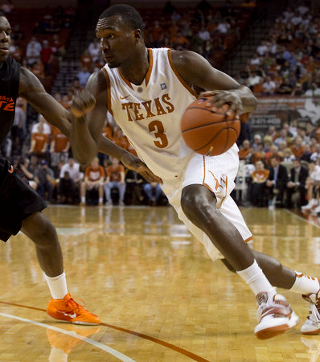Colorado Buffaloes 91, #5/5 Texas Longhorns 89
For the second consecutive Saturday, the Texas Longhorns walked quietly to the locker room as students rushed the court behind them. This afternoon, the overjoyed co-eds were clad in gold and black, as Colorado notched their third victory over a Top 25 opponent by shocking Texas, 91-89.
On its own merits, a Colorado win at home wouldn’t be that shocking this season, even against a vaunted opponent. It was the way in which the Buffaloes won this afternoon, though, that has the college basketball world buzzing. Alec Burks and Levi Knutson combined for 54 points — 37 of them in the second half — to erase a 22-point Texas lead en route to the win.
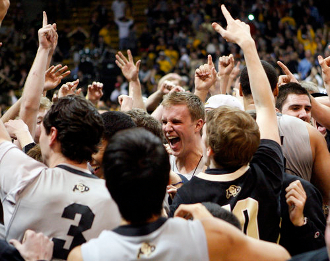
Colorado fans had reason to celebrate on Saturday
(Photo credit: Ed Andrieski/Associated Press) 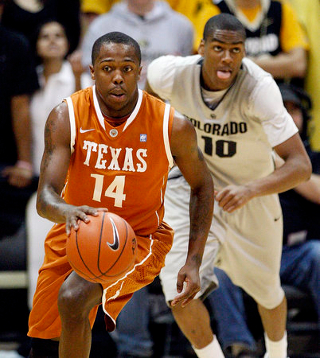
J’Covan Brown sparked Texas early
(Photo credit: Ed Andrieski/Associated Press) 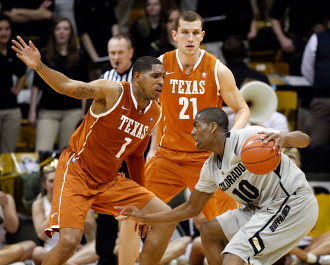
Alec Burks dropped 33 points on the Texas defense
(Photo credit: Ed Andrieski/Associated Press) |








